Since the advent of formal education, many students have questioned the validity or relevance of the work they are doing. The question of “when am I going to use this?” has been launched at most veteran teachers countless times. Indeed, making learning more “real” has long been a goal of those who have promoted everything from project-based learning to career technical education. Both learners and learning facilitators want learning where the ‘why’ is an integral part of the process. It’s this desire to be “real” that has now found its way into our vernacular as AUTHENTICITY. Authentic learning can be the guide to not only make learning more real, but also more maximized and optimal for all learners. In a world where authenticity is often elusive in everything from our food to our entertainment, we are now holding our teaching and learning to a new standard of authenticity. Project-based learning practitioners, as well as those truly working on a more 21st century, personalized learning approach, are using authenticity as a foundational metric of both pedagogy and success.
So, what are the way to make student work more authentic? Naturally, I have a list. However, when one creates a list like this, it does not mean that all projects, pursuits or student work has to include all 9 of these at any given time. However, working to include as many of these in one effort will certainly contribute to our students’ work as more AUTHENTIC. And this more authentic work might lead to deeper learning, collaboration and opportunities.
 One of the best ways for learning to be authentic is to use real world problems, challenges and questions as the primary pursuit. Real world challenges are everywhere, but typically not in textbooks or standardized curriculum. However, they are in the news, industries, our local communities and all around us. It’s a real problem if others are one acknowledging that it’s a legitimate issue or problem, as well as professionals are spending their time, resources and careers going after solutions. Often, solutions to these problems can change the world, create new career opportunities, lead to new products and services, and rewrite cultural norms and expectations. Personally, I don’t like the term problem solving because I don’t know if we ever solve most of our real world problems. Do we ever solve, fix or eliminate poverty, racism, pollution, homelessness, drug abuse, sexual abuse and assault, etc.? We don’t typically, but we hopefully move the needle, address the challenge or problem, learn new information and applications and hopefully make someone’s life better, different or improved. But I do believe in students attacking real world problems and generating their most authentic real world solutions (not for solving, but attacking and addressing). Finally, having students tackle real world challenges not only leads to more authentic learning, but is how our best jobs our created going forward.
One of the best ways for learning to be authentic is to use real world problems, challenges and questions as the primary pursuit. Real world challenges are everywhere, but typically not in textbooks or standardized curriculum. However, they are in the news, industries, our local communities and all around us. It’s a real problem if others are one acknowledging that it’s a legitimate issue or problem, as well as professionals are spending their time, resources and careers going after solutions. Often, solutions to these problems can change the world, create new career opportunities, lead to new products and services, and rewrite cultural norms and expectations. Personally, I don’t like the term problem solving because I don’t know if we ever solve most of our real world problems. Do we ever solve, fix or eliminate poverty, racism, pollution, homelessness, drug abuse, sexual abuse and assault, etc.? We don’t typically, but we hopefully move the needle, address the challenge or problem, learn new information and applications and hopefully make someone’s life better, different or improved. But I do believe in students attacking real world problems and generating their most authentic real world solutions (not for solving, but attacking and addressing). Finally, having students tackle real world challenges not only leads to more authentic learning, but is how our best jobs our created going forward.

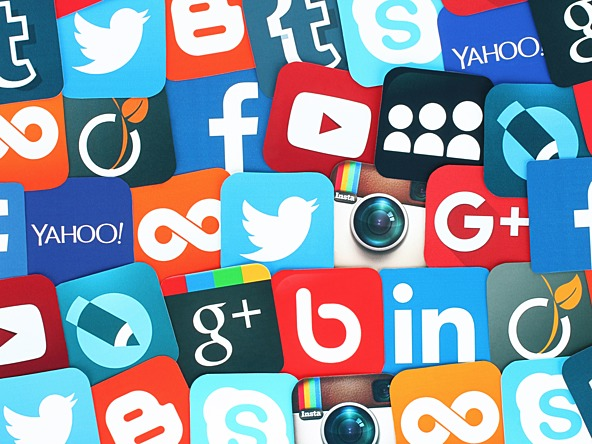 Who is going to see our students’ final work? We all know that at one time, and unfortunately still in all too many cases, only the instructor was going to see our work. Next level up was our peers. However, we live in an age know where that is just simply not enough. We want more people to see our students’ work for a variety of reasons. One, it can potentially motivate or focus students based on how many will see their work. But two, it’s the real world. Most of us work in environments where someone, often many different someones, see our work. And because of that we care. We have an authentic reason to produce higher quality work. If no one was ever going to see or use our work, we might not care about producing our personal best. So, how do expand the real audiences for our projects and student work? We need to think beyond the classroom. We need to engage other members or our school communities (staff, administrators, parents, community members, etc.) as a start. We can extend beyond that and include industry and business partners, government officials, higher education partners, community groups, non-profit organizations and others. All of these groups represent an expanded audience and those that can have a direct impact on the quality of the student work, as well as the many opportunities that can arise when we produce higher quality work. Finally, technology and things like social media platforms allow us to truly expand our audiences globally. More on that later when we talk tech.
Who is going to see our students’ final work? We all know that at one time, and unfortunately still in all too many cases, only the instructor was going to see our work. Next level up was our peers. However, we live in an age know where that is just simply not enough. We want more people to see our students’ work for a variety of reasons. One, it can potentially motivate or focus students based on how many will see their work. But two, it’s the real world. Most of us work in environments where someone, often many different someones, see our work. And because of that we care. We have an authentic reason to produce higher quality work. If no one was ever going to see or use our work, we might not care about producing our personal best. So, how do expand the real audiences for our projects and student work? We need to think beyond the classroom. We need to engage other members or our school communities (staff, administrators, parents, community members, etc.) as a start. We can extend beyond that and include industry and business partners, government officials, higher education partners, community groups, non-profit organizations and others. All of these groups represent an expanded audience and those that can have a direct impact on the quality of the student work, as well as the many opportunities that can arise when we produce higher quality work. Finally, technology and things like social media platforms allow us to truly expand our audiences globally. More on that later when we talk tech.
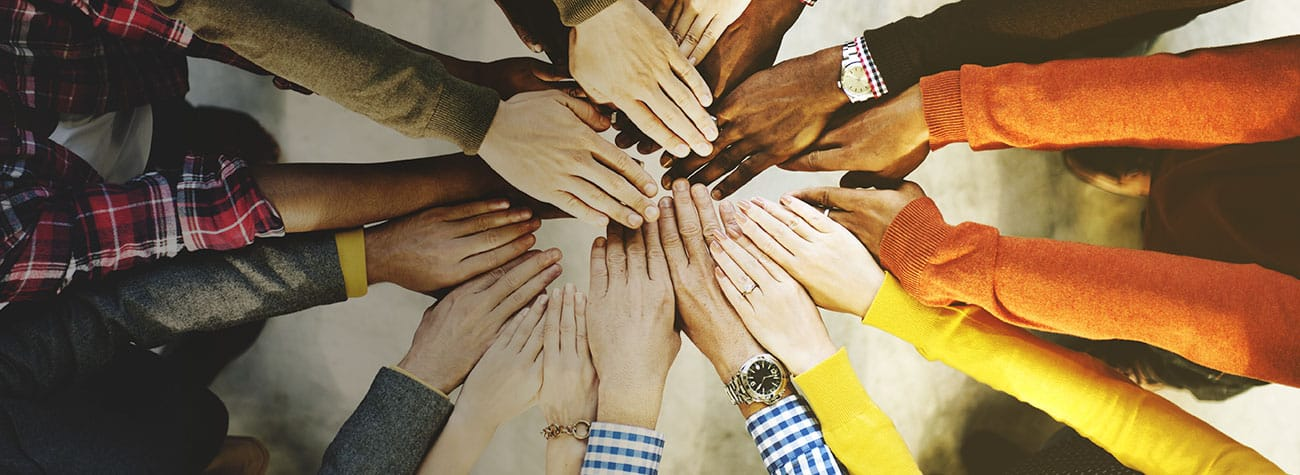 In addition to working with one’s teachers and advisors, as well as one’s peers, authenticity is now influenced by the number of diverse partners a student can collaborate with in a variety of capacities. Student work, as well as their future careers, can be positively affected and altered by the distinct partners that get involved. The potential partners are many. They include, but are not limited to industry professionals, business leaders, government and civic leaders or officials, community leaders, non-profit leaders and staff, parent volunteers, higher education partners, entrepreneurs, alumni and more. What can these authentic partners offer our educators and their students? Again, the list includes, but is not limited to advice, critique and feedback, expertise, evaluation, judging competitive events, resources, equipment and technology, more partners, event coordination, access to their websites and social media for student work, actual problems and challenges they are currently working on, networks, audience members and more. Collaboration is the most important career readiness skill so let’s give our students lots of opportunities to collaborate with a variety of partners. Their work will improve and so will the opportunities, the relationships and our communities.
In addition to working with one’s teachers and advisors, as well as one’s peers, authenticity is now influenced by the number of diverse partners a student can collaborate with in a variety of capacities. Student work, as well as their future careers, can be positively affected and altered by the distinct partners that get involved. The potential partners are many. They include, but are not limited to industry professionals, business leaders, government and civic leaders or officials, community leaders, non-profit leaders and staff, parent volunteers, higher education partners, entrepreneurs, alumni and more. What can these authentic partners offer our educators and their students? Again, the list includes, but is not limited to advice, critique and feedback, expertise, evaluation, judging competitive events, resources, equipment and technology, more partners, event coordination, access to their websites and social media for student work, actual problems and challenges they are currently working on, networks, audience members and more. Collaboration is the most important career readiness skill so let’s give our students lots of opportunities to collaborate with a variety of partners. Their work will improve and so will the opportunities, the relationships and our communities.


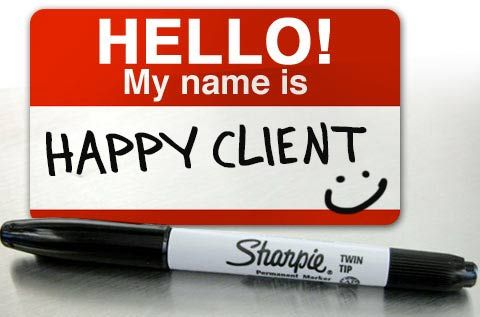 Providing our students with the client relationship is invaluable. If we use our partners - especially in the private and public sectors - they can provide real services and products created and designed for real needs and challenges they have. Students will care more about their work if they believe that a real person or persons will use their work and maybe benefit from it. In this client relationship, they will not only be more invested in the pursuit of high quality work due to the authenticity, they will also be improving all of their employability skills. They will have experience an authentic ways to experience and learn the Four C’s and more. Why manufacture a random, arbitrary deadline when a client partner can give you their real one? Why create random challenges when clients can provide their real ones? Why create imaginary or simulated products when clients can offer up real ones that the students will identify with for sure?
Providing our students with the client relationship is invaluable. If we use our partners - especially in the private and public sectors - they can provide real services and products created and designed for real needs and challenges they have. Students will care more about their work if they believe that a real person or persons will use their work and maybe benefit from it. In this client relationship, they will not only be more invested in the pursuit of high quality work due to the authenticity, they will also be improving all of their employability skills. They will have experience an authentic ways to experience and learn the Four C’s and more. Why manufacture a random, arbitrary deadline when a client partner can give you their real one? Why create random challenges when clients can provide their real ones? Why create imaginary or simulated products when clients can offer up real ones that the students will identify with for sure?

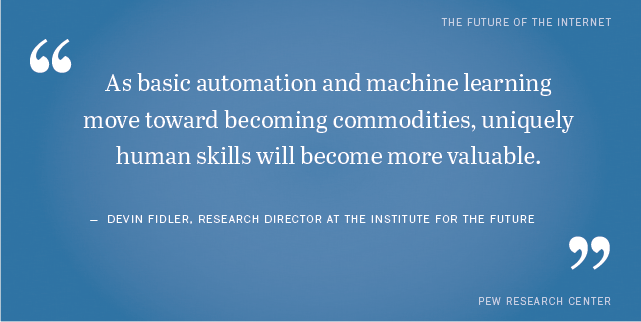 We are starting to experience the transition between two worlds (economies as well). Simply, we evaluated student success based on what someone knew rather than what someone could do. Well, we have now realized that we are in a performance - based world. It’s not enough for our students to know something. They need to know how to apply what they know. And this represents the renewed emphasis on skills acquisition. We have technical skills, soft skills, technology skills, academic skills and much more. Project-based learning allows students to learn and improve across skill areas simultaneously. However, we need to identify the skill goals for the students, while offering them timely, regular and effective feedback on the development of these skills. So when working to produce high quality student work, focusing on authentic skills will move that forward. For example, students need to know that collaborative skills (teamwork) is not only the most prized skill to folks like the Fortune 500, but that it’s something we can practice, improve. understand deeply and be assessed one as well. What else represents authentic skills? Could be technology skills (such as Adobe applications, Google applications, specific software), new literacy skills (social media), presentation skills and much more.
We are starting to experience the transition between two worlds (economies as well). Simply, we evaluated student success based on what someone knew rather than what someone could do. Well, we have now realized that we are in a performance - based world. It’s not enough for our students to know something. They need to know how to apply what they know. And this represents the renewed emphasis on skills acquisition. We have technical skills, soft skills, technology skills, academic skills and much more. Project-based learning allows students to learn and improve across skill areas simultaneously. However, we need to identify the skill goals for the students, while offering them timely, regular and effective feedback on the development of these skills. So when working to produce high quality student work, focusing on authentic skills will move that forward. For example, students need to know that collaborative skills (teamwork) is not only the most prized skill to folks like the Fortune 500, but that it’s something we can practice, improve. understand deeply and be assessed one as well. What else represents authentic skills? Could be technology skills (such as Adobe applications, Google applications, specific software), new literacy skills (social media), presentation skills and much more.
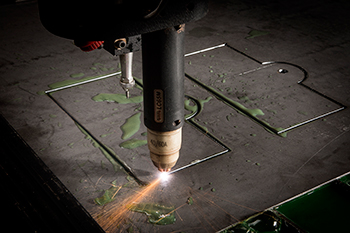

 Just like the rest of us, students want to use professional equipment and the latest technology. Let’s face it, if the the gear is authentic, then there seems to be more credibility automatically. Until not that many years ago, school equipment was fairly standard and did not reflect the real world counterpart of their work. But naturally the tech revolution and more have made a huge impact. As an example, do we really want students to still make posters for their presentations or professional slide presentations complete with images, videos, links, survey tools, resources and more? Let’s consider things that make our work more professional and relevant - authentic. Consider things that would not probably be available at home. Although things like 3D printers are becoming more affordable and available for home use, what about welders, plasma cutters, high-end cameras, studios, specialized software, maker spaces, STEAM/STEM labs and so much more? Schools should be seeing what is happening both in industry and the real world and offer students that access at school. All of our schools need to have pro labs in a variety of areas that cannot be found at home or online. If not, students may feel that their work is not of the same value or relevance like that of their professional counterparts - authenticity my friends.
Just like the rest of us, students want to use professional equipment and the latest technology. Let’s face it, if the the gear is authentic, then there seems to be more credibility automatically. Until not that many years ago, school equipment was fairly standard and did not reflect the real world counterpart of their work. But naturally the tech revolution and more have made a huge impact. As an example, do we really want students to still make posters for their presentations or professional slide presentations complete with images, videos, links, survey tools, resources and more? Let’s consider things that make our work more professional and relevant - authentic. Consider things that would not probably be available at home. Although things like 3D printers are becoming more affordable and available for home use, what about welders, plasma cutters, high-end cameras, studios, specialized software, maker spaces, STEAM/STEM labs and so much more? Schools should be seeing what is happening both in industry and the real world and offer students that access at school. All of our schools need to have pro labs in a variety of areas that cannot be found at home or online. If not, students may feel that their work is not of the same value or relevance like that of their professional counterparts - authenticity my friends.
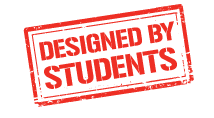

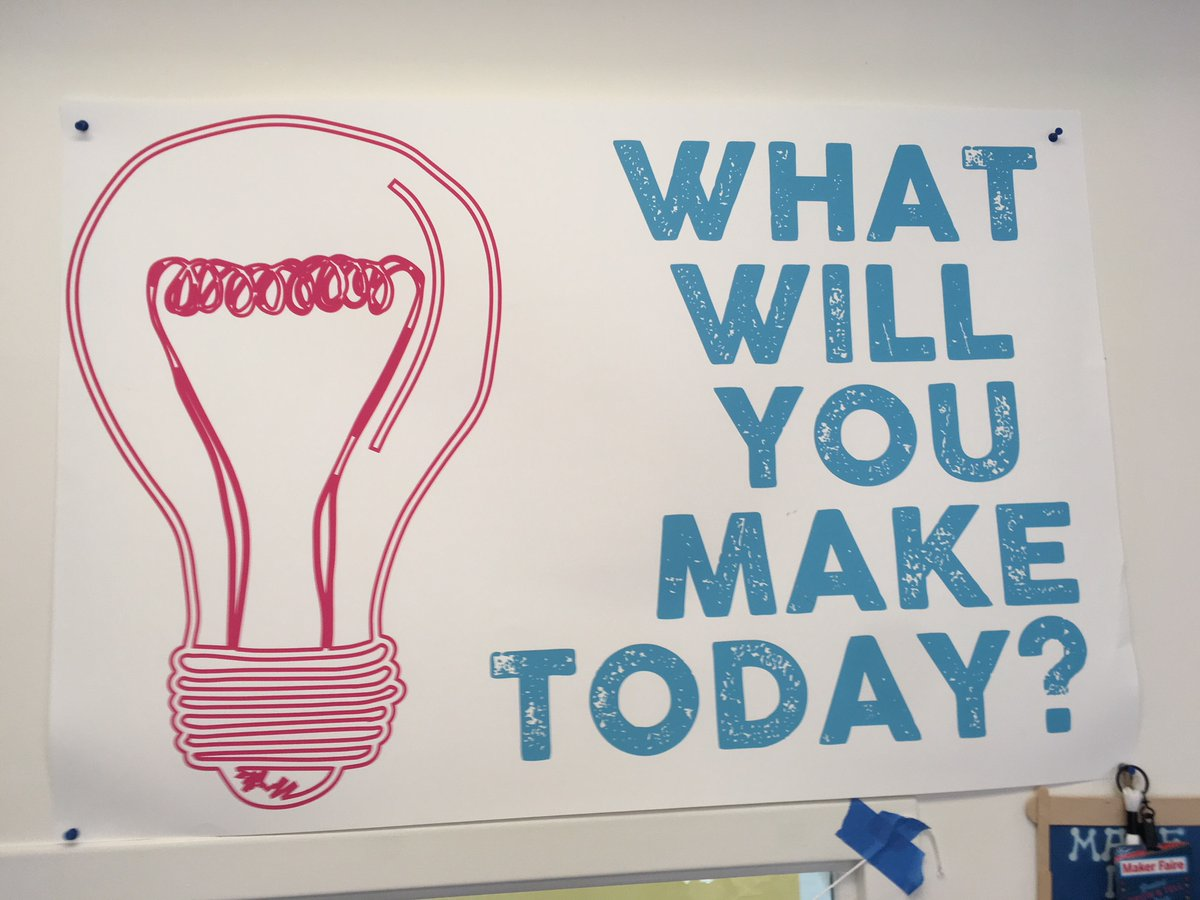
Project-based learning, and other deeper learning approaches, focus on having an actual public product that students can not only be proud of, but that can also be seen, shared, heard, experienced and even critiqued. The potential list of authentic products is endless, but just think about what professionals produce as their final work. It can be something that is designed and built. It can be a presentation, video or public service announcement. It could be printed materials, as well as a new website, logo or blog. Maybe it’s a new company or organization that is created. Maybe it’s an event or series of events. Again, professionals tend to make, build, create, design, produce and present things that others can often use, purchase or experience. Students tend to care about their work more when there are public expectations of their final products. And their final products often combine many of the authentic elements here such as authentic problems and challenges, technology and gear, audiences and collaborators and more. As educators, we care about the learning process and metacognitive journey that students will engage in by trying to produce their best public product.

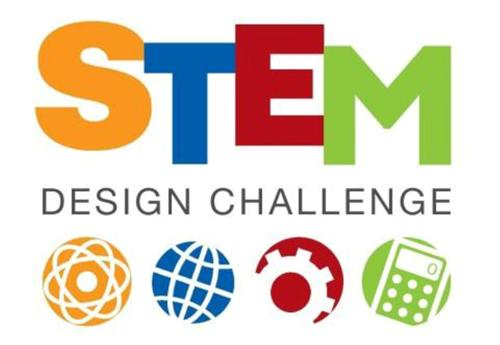 Let’s be perfectly clear. I’m not advocating that all projects need to have a competitive component. That being said, it’s one avenue that can create more interest and authenticity for students. Why have athletics, performing arts and other co-curricular endeavors always been so successful? There are many reasons but the fact that they are competitive in nature is part of it. Those in the visual arts (video, media, art, graphic design) have long enjoyed participating in various local, regional, national and even international contests. Career Technical Education realized long ago that contest - such as Skills Challenge USA - were just one of the many ways to engage students, as well as make their work seem more real, relevant and applicable. Well, we can now add or create the contest, or competition, in all areas of student work if we choose. If we’re addressing a school or campus concern, maybe the administration can offer incentives, award the winning team or implement one of the solutions. Can our business and community partners add a competitive component such as awards, scholarships, internships or more? What if our student products, presentations and work used Shark Tank like tactics and allowed public audiences and collaborative partners to choose, as well as partner with, selected final works? There are literally thousands of online contests for almost every imaginable endeavor. Sometimes we just need to include this as option or make our students aware.
Let’s be perfectly clear. I’m not advocating that all projects need to have a competitive component. That being said, it’s one avenue that can create more interest and authenticity for students. Why have athletics, performing arts and other co-curricular endeavors always been so successful? There are many reasons but the fact that they are competitive in nature is part of it. Those in the visual arts (video, media, art, graphic design) have long enjoyed participating in various local, regional, national and even international contests. Career Technical Education realized long ago that contest - such as Skills Challenge USA - were just one of the many ways to engage students, as well as make their work seem more real, relevant and applicable. Well, we can now add or create the contest, or competition, in all areas of student work if we choose. If we’re addressing a school or campus concern, maybe the administration can offer incentives, award the winning team or implement one of the solutions. Can our business and community partners add a competitive component such as awards, scholarships, internships or more? What if our student products, presentations and work used Shark Tank like tactics and allowed public audiences and collaborative partners to choose, as well as partner with, selected final works? There are literally thousands of online contests for almost every imaginable endeavor. Sometimes we just need to include this as option or make our students aware.
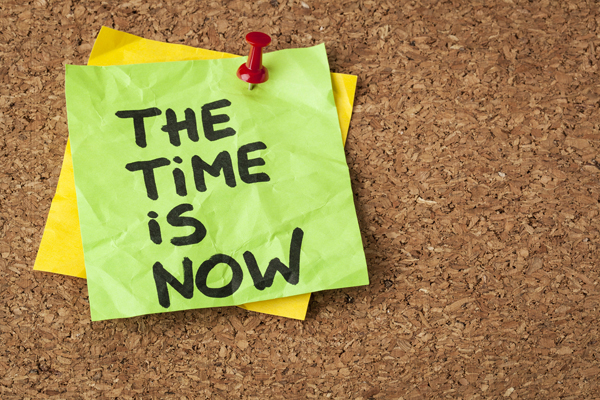 Finally, the term “real time” has been used to mean a variety of things. But in this context, let’s think about how time is relevant to authenticity. First, project ideas and challenges can and should come from issues and needs that are current and timely. Think about all of the projects that probably were tackled this year related to timely issues in the news (things like the students speaking out against gun violence, the #metoo reaction and so many others). Many issues will probably be in our current news for a long time (think sustainability, poverty, racism, food insecurity, homelessness, etc.), but they may see greater attention due to an incident or big new story. We need to strike when the proverbial iron is hot in order to maximize our students’ interest, as well as the authenticity.
Finally, the term “real time” has been used to mean a variety of things. But in this context, let’s think about how time is relevant to authenticity. First, project ideas and challenges can and should come from issues and needs that are current and timely. Think about all of the projects that probably were tackled this year related to timely issues in the news (things like the students speaking out against gun violence, the #metoo reaction and so many others). Many issues will probably be in our current news for a long time (think sustainability, poverty, racism, food insecurity, homelessness, etc.), but they may see greater attention due to an incident or big new story. We need to strike when the proverbial iron is hot in order to maximize our students’ interest, as well as the authenticity.
So, what are the way to make student work more authentic? Naturally, I have a list. However, when one creates a list like this, it does not mean that all projects, pursuits or student work has to include all 9 of these at any given time. However, working to include as many of these in one effort will certainly contribute to our students’ work as more AUTHENTIC. And this more authentic work might lead to deeper learning, collaboration and opportunities.
Authentic Problems / Challenges
Authentic Audiences
Authentic Partners
Authentic Clients
Authentic Skills
Authentic Tech / Authentic Gear
Authentic Products / Authentic Outcomes
Project-based learning, and other deeper learning approaches, focus on having an actual public product that students can not only be proud of, but that can also be seen, shared, heard, experienced and even critiqued. The potential list of authentic products is endless, but just think about what professionals produce as their final work. It can be something that is designed and built. It can be a presentation, video or public service announcement. It could be printed materials, as well as a new website, logo or blog. Maybe it’s a new company or organization that is created. Maybe it’s an event or series of events. Again, professionals tend to make, build, create, design, produce and present things that others can often use, purchase or experience. Students tend to care about their work more when there are public expectations of their final products. And their final products often combine many of the authentic elements here such as authentic problems and challenges, technology and gear, audiences and collaborators and more. As educators, we care about the learning process and metacognitive journey that students will engage in by trying to produce their best public product.
Authentic Competition
Authentic Time
Wrapping Up
As always, this not intended to be an exhaustive list, but rather a series of reminders, starting points or check-ins. The continual pursuit of connecting learning and the real world will only get more vital and intense. These various paths to authenticity can help solidify that connection.
I will focus on authentic skills students will need. If they can imagine what they will need, they are more likely to find school important.
ReplyDelete